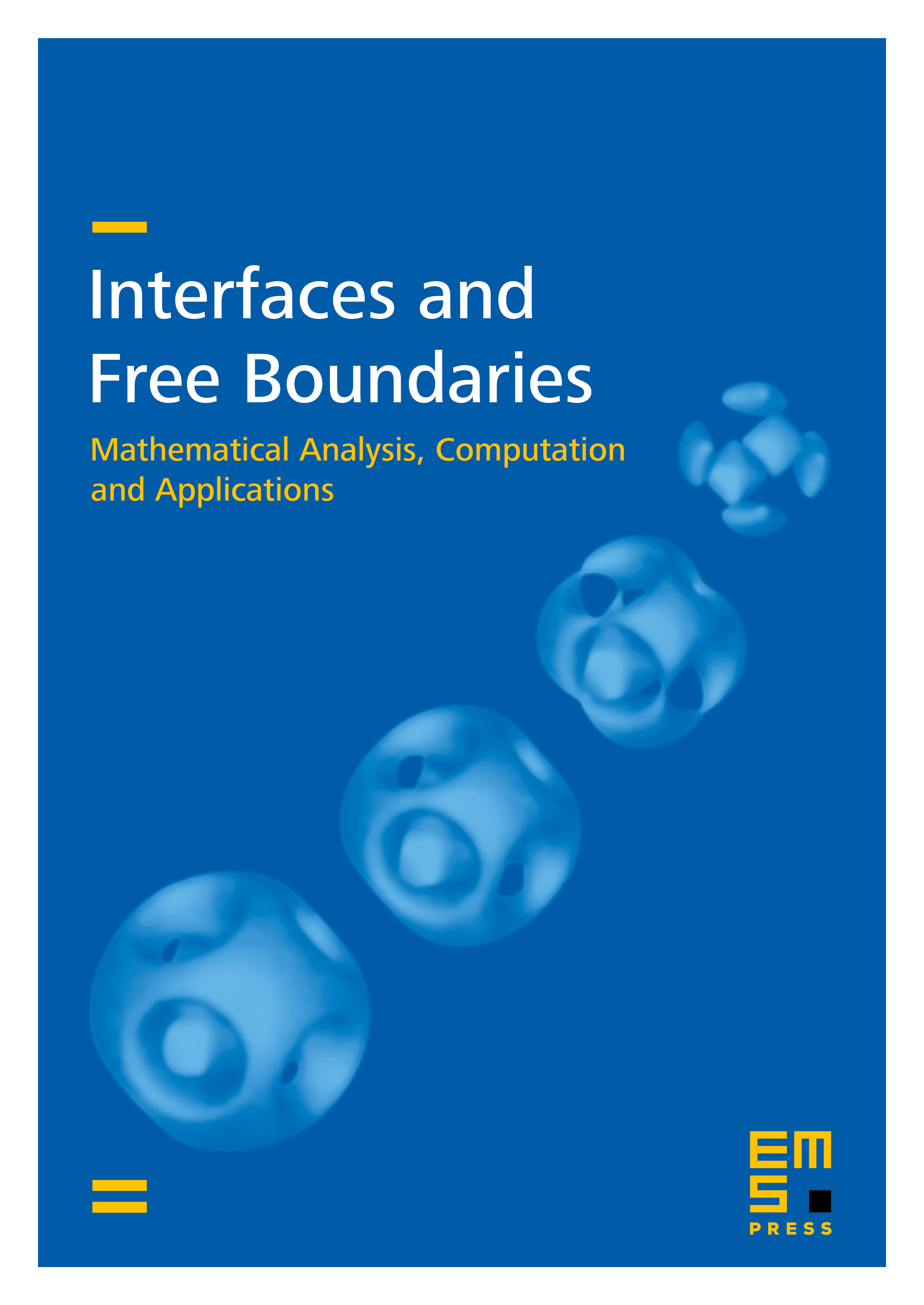Shape accommodation of a rotating embedded crystal via a new variational formulation
Jean E. Taylor
New York University, United StatesJohn W. Cahn
National Institute of Standards and Technology, Gaithersburg, USA

Abstract
We use an expanded variational approach based on dissipation to study the motion of the boundary of a non-circular cylindrical, and thus essentially 2-dimensional, crystalline grain of arbitrary cross-section enclosed in another grain of the same material under conditions where the normal grain boundary motion is coupled to relative tangential motion of the grains along the grain boundary. Coupling leads to relative rotation of the crystal axes of the two grains and requires shape accommodation; we assume that the necessary mass transport for shape accommodation is by diffusion confined to the grain boundary. We include the recently-discovered fact that different modes of coupling with different coupling factors are crystallographically possible and do occur in molecular dynamic simulations.
Several results are deduced from the equations we derive. When there is a mirror plane symmetry to the crystal's initial shape, this symmetry plane remains and rotates at half the rate of rotation of the enclosed crystal's crystal axes relative to the surrounding crystal's axes. Sliding along the grain boundary is essential for shape change: when there is no sliding, we show that, although the inner crystal rotates and shrinks, its shape remains the same. If the cross-section of the enclosed crystal is large with a large aspect ratio and diffusion is relatively slow, then the rotation rate is initially diffusion controlled and very slow compared to nearly circular cylindrical crystals of the same cross-sectional area. In this case, and when sliding is relatively easy, the resulting normal motion is essentially mobility-controlled motion by weighted mean curvature; when sliding is intermediate in difficulty between mobility and diffusion, we have instead sliding-controlled motion by weighted mean curvature. As crystals become rounder and smaller in cross-section, all the kinetic factors become involved.
Cite this article
Jean E. Taylor, John W. Cahn, Shape accommodation of a rotating embedded crystal via a new variational formulation. Interfaces Free Bound. 9 (2007), no. 4, pp. 493–512
DOI 10.4171/IFB/174